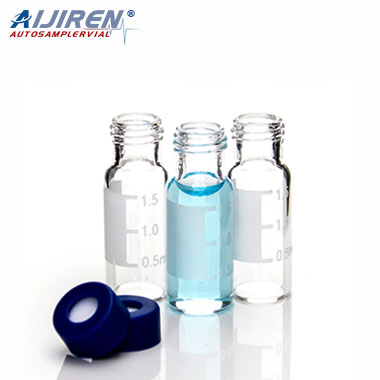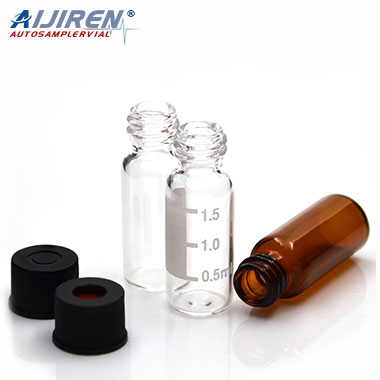Discover expert insights on selecting membrane filters for efficient particle removal in chemical production. Optimize your processes today.
Discover expert insights on selecting membrane filters for efficient particle removal in chemical production. Optimize your processes today.
Discover how to choose membrane filters for optimal air particulate filtration. Explore pore sizes, compatibility, and application-specific options.
Discover strategies for membrane filter longevity in continuous filtration. Tips for maximizing filter lifespan. Optimize your filtration processes today!
Discover the capabilities of PTFE syringe filters for filtering hydrophobic compounds. Learn about pore sizes and applications in this comprehensive guide

Syringe filters are essential laboratory tools used to remove particulate matter and other impurities from samples before analysis. One common type of syringe filter is the 0.45 um syringe filter, which is designed to remove particles and microorganisms that are larger than 0.45 microns in size. This filter is widely used in various applications such as analytical chemistry, pharmaceuticals, and microbiology. However, many questions arise about this type of syringe filter, and this article aims to address some of the frequently asked questions (FAQs) about the 0.45 um syringe filter.

PVDF syringe filters are widely used in various laboratory applications such as sample preparation, sterilization, and filtration of biological and chemical samples. These filters are made of polyvinylidene fluoride (PVDF), a highly versatile and chemically resistant material that can withstand a wide range of solvents and temperatures. As with any laboratory consumable, there are several frequently asked questions (FAQs) regarding PVDF syringe filters. In this context, we have compiled a list of FAQs and provided concise answers to assist you in making informed decisions about the selection and usage of PVDF syringe filters.

0.22 um syringe filters are commonly used in laboratories to remove particles and microorganisms from liquids, especially when sterility is a crucial factor. These filters have a pore size of 0.22 micrometers, which allows them to effectively remove contaminants from the liquid being filtered. In this set of FAQs, we will explore common questions about 0.22 um syringe filters to provide a better understanding of their usage, capabilities, and limitations.